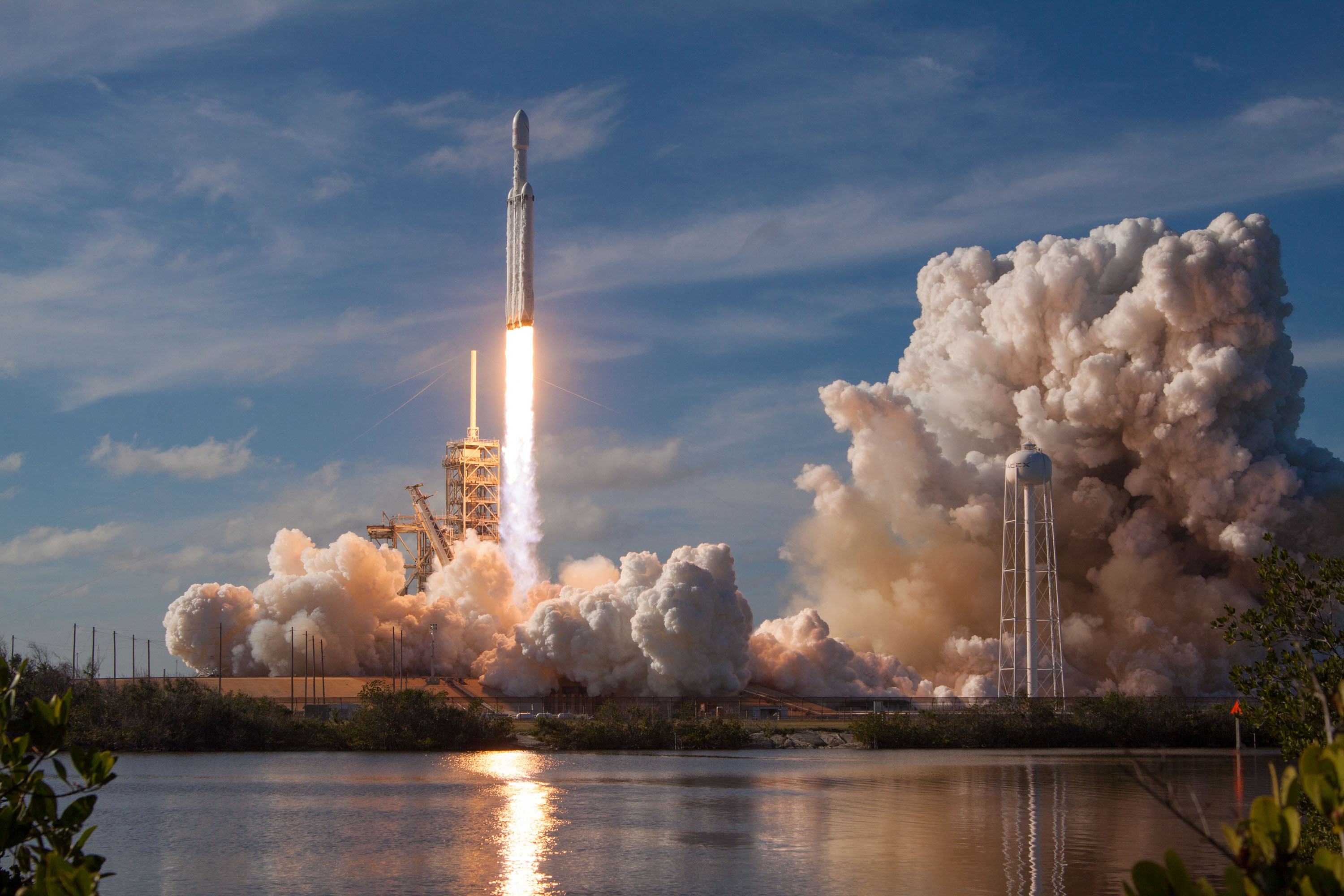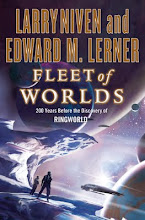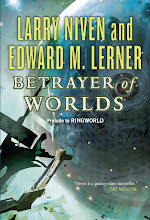After yesterday's awesome launch -- and two-thirds recovery -- of the Falcon Heavy, what more is there for a technologist and SF author to comment upon? Read on.
If you haven't yet had OD-ed on the coverage, check out "
The best photos and videos of SpaceX’s Falcon Heavy launch."
SpaceX founder Elon Musk is highly motivated to make humanity a multi-planetary species by colonizing Mars. (Yesterday's mission seems to have gone a bit off course: "
Elon Musk’s Tesla overshot Mars’ orbit and is headed to the asteroid belt.") To which end (once these little navigational glitches are worked out),
this recent news is very encouraging: "
'A fantastic find': Mars hides thick sheets of ice just below the surface."
 |
| Color-enhanced: blue = ice. |
How much ice? Check the photo at left.
And equally awesome, IMO, is
this item that has been overshadowed by the aforementioned stories: "
LISA Pathfinder, the gravitational wave space mission, declared a success: European Space Agency reports final
results of proof-of-concept mission, ahead the most ambitious science
experiment ever attempted."
LISA stands for the
Laser Interferometer Space Antenna. I've several times posted enthusiastically about the wonderful LIGO (Laser Interferometer Gravitational-Wave Observatory), its 2015 discovery of gravitational waves, and a few of its event detections. LIGO is an L-shaped instrument about four kilometers on a side. LISA Pathfinder was the proof-of-concept mission for an eventual L-shaped instrument 2.5
million kilometers on a side. LISA will offer sensitivity, and visibility into astronomical phenomena,
far beyond anything LIGO -- or any Earth-based instrument -- can approach.
 |
| Life imitates art |
Part of what spoke to me about the progress toward LISA is
this quote: "... once the triangle of satellites is eventually up and
running, it will be able to detect very early signs of a black hole
merger, weeks before the eventual collision." In my 2016 novel
Dark Secret, the (fictional) space-based Einstein Gravitational Wave Observatory kicks off the story by detecting the signs of an imminent neutron-star merger. That detection forewarns of a gamma-ray burst that will obliterate life in our solar system. (Post-wise, here's a second coincidence:
Dark Secret opens on recently colonized Mars.)
Alas, we won't see LISA until, at the earliest, 2034. That's okay. LIGO was decades in coming, too (see





































